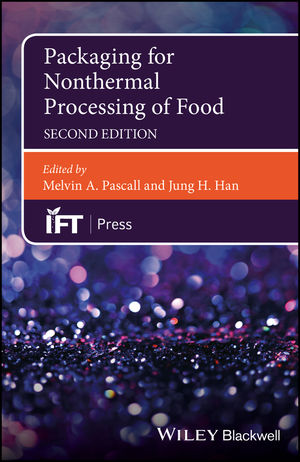World demand for corrugated boxes to reach 234 billion square meters in 2017
Demand for corrugated boxes is forecast to increase 4.2% per year

World demand for corrugated boxes is forecast to increase 4.2% per year to 234 billion square meters in 2017, slightly outpacing real (inflation-adjusted) gains in GDP. Factors contributing to rising box demand include growth in industrial activities, particularly the manufacturing sector, which often requires corrugated packaging to protect and transport goods. In addition, ongoing developments in small flute and high-quality graphic board will allow corrugated boxes to penetrate traditional folding carton applications, especially in the developed world. Greater interest in corrugated packaging as a point-of-sale display in retail applications will also boost demand for value-added corrugated boxes. Food and beverages will remain the leading market for corrugated boxes in 2017, accounting for 43% of global demand. These and other trends are presented in World Corrugated Boxes, a new study from The Freedonia Group, Inc. (www.freedoniagroup.com), a Cleveland-based industry market research firm.
Gains will be limited by the mature state of the corrugated box industry in developed areas such as the US, Western Europe, and Japan, where boxes are essentially commodity items used in well-established markets. In addition, corrugated boxes also face competition from reusable plastic shipping crates and other types of plastic packaging. Nonetheless, corrugated boxes will benefit from their environmentally friendly image as they are a renewable resource that can be recycled. In addition, boxes have advantages compared to plastic crates -- especially considering that the usage of plastic crates typically involves cleaning and return costs.
The fastest increases in demand for corrugated boxes will occur in developing regions; the Asia/Pacific region and the Africa/Mideast region will both outpace the global average. India and China will see the fastest gains as a result of strong growth in industrial output and consumer product markets. China, which surpassed the US as the world’s largest corrugated box market in 2011, will account for almost half of the increase in global demand over the forecast period. Greater urbanization and industrialization and expanding international trade will support advances in these regions’ generally underdeveloped packaging sectors. Rising consumer income levels and expanding middle classes will also generate robust demand for packaged consumer goods such as processed foods, beverages, and personal care items, supporting increases in corrugated box consumption.
Looking for a reprint of this article?
From high-res PDFs to custom plaques, order your copy today!







